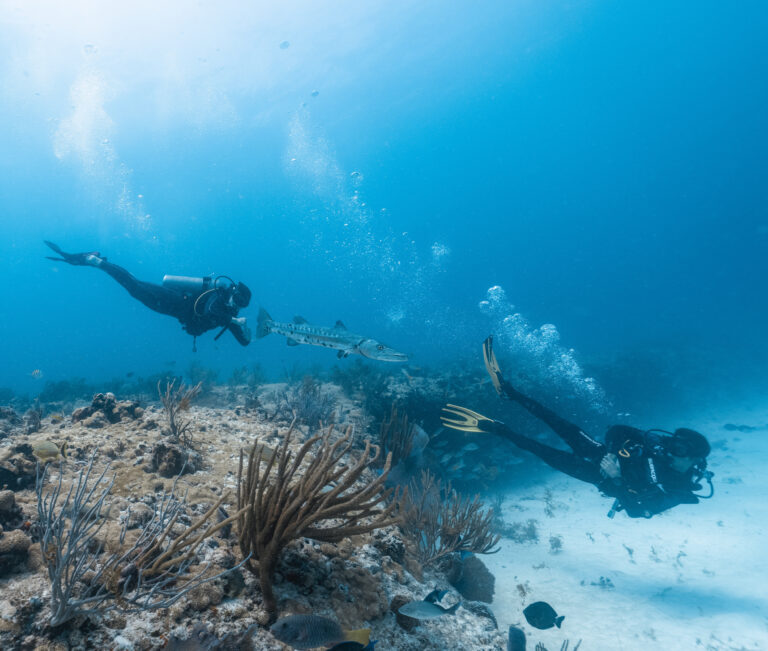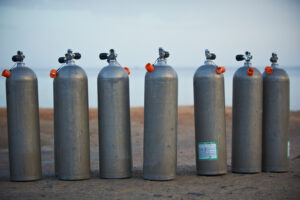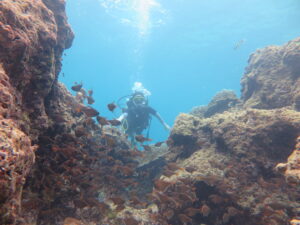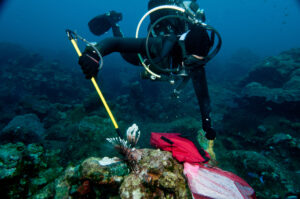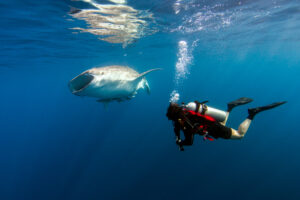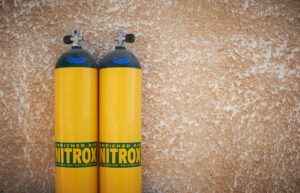What are Analog Instruments?
Analog instruments have played a crucial role in the development and practice of scuba diving since its inception. These devices employ a needle that moves around a dial to provide information, such as depth, pressure, time, and direction. As the world becomes increasingly digital, analog instruments continue to maintain their significance in the scuba diving community. This entry will explore the history and role of analog instruments in scuba diving, including compasses, gauges, and watches, as well as their advantages and disadvantages compared to digital alternatives.
History of Analog Instruments in Scuba Diving
The use of analog instruments in scuba diving dates back to the early days of underwater exploration. In the 1940s and 1950s, pioneers such as Jacques Cousteau and Emile Gagnan introduced the first self-contained underwater breathing apparatus (SCUBA), revolutionizing the way humans could interact with the underwater world. With this new technology came the need for reliable instruments to measure vital parameters such as depth, pressure, and time, leading to the creation of various analog devices tailored to underwater use.
Compasses
A compass is an essential navigation tool for scuba divers, allowing them to determine their direction underwater accurately. Analog compasses work by utilizing a magnetized needle that aligns with the Earth’s magnetic field, indicating the cardinal directions. These compasses are designed to withstand water pressure and can be attached to a diver’s wrist or integrated into a console with other instruments. Analog compasses remain popular among divers due to their simplicity, reliability, and ease of use, even in low visibility conditions.
Gauges
Analog gauges are critical for monitoring a scuba diver’s depth, air pressure, and sometimes temperature. Depth gauges measure the diver’s current depth and may also include a maximum depth indicator to record the deepest point reached during a dive. These gauges work by using the surrounding water pressure to move a needle around a calibrated dial.
Similarly, submersible pressure gauges (SPG) measure the amount of air remaining in a diver’s tank. An SPG connects directly to the first stage of the regulator through a high-pressure hose. As the air pressure in the tank decreases, the needle moves around the gauge’s dial, alerting the diver to their remaining air supply.
Analog temperature gauges, while less common, can also be found in some scuba diving instrument consoles. These gauges use a bimetallic strip or a gas-filled temperature sensor to measure the water temperature during a dive.
Watches
Dive watches serve as essential timing instruments for scuba divers, allowing them to track their dive time and manage their decompression stops. Analog dive watches feature a rotating bezel, which divers align with the minute hand to track elapsed time easily. These watches are designed to withstand water pressure and often include features such as a screw-down crown and a water-resistant case.
Advantages and Disadvantages
Analog instruments have various advantages and disadvantages compared to digital alternatives. One significant advantage is their simplicity and ease of use; a quick glance at an analog dial can provide the necessary information without the need for complex button-pressing or menu navigation. Furthermore, analog instruments are typically more resistant to water damage and less susceptible to electronic malfunctions. The absence of batteries in some analog devices, such as compasses and depth gauges, reduces the risk of equipment failure during a dive.
However, analog instruments also have some disadvantages. They often lack the precision and accuracy of digital devices, which can provide readings down to the decimal point. Additionally, analog instruments are generally bulkier and heavier than their digital counterparts, making them less convenient for travel and potentially more cumbersome during a dive.
Analog instruments have been integral to the practice of scuba diving since its inception, providing essential information on depth, pressure, direction, and time. As technology has advanced, digital alternatives have emerged, offering increased precision and convenience. Nevertheless, analog instruments continue to hold their place in the diving community, offering simplicity, reliability, and resistance to water damage.
For many divers, the decision to use analog or digital instruments depends on personal preference and dive objectives. Some divers prefer the familiarity and ease of use of analog devices, while others opt for the increased functionality and precision offered by digital instruments. In some cases, divers choose to use a combination of both, leveraging the strengths of each type of instrument to ensure a safe and enjoyable diving experience.
The future of analog instruments in scuba diving is uncertain as the industry continues to embrace digital technology. However, it is clear that analog devices have played a significant role in shaping the sport and have provided divers with essential information for safe underwater exploration. As long as there are divers who appreciate the simplicity and reliability of analog instruments, these devices will continue to have a place in the scuba diving world.
Key Takeaways
Analog instruments have been instrumental in the evolution of scuba diving and continue to offer valuable information to divers. With a rich history and a unique set of advantages, these devices maintain their relevance in a world increasingly dominated by digital technology. As the diving community evolves, the use of analog instruments will likely be influenced by individual preferences, dive objectives, and the ongoing development of digital alternatives. Regardless of the outcome, the legacy of analog instruments in scuba diving will remain an essential chapter in the sport’s history.

